The Uyuni Salt Flats of Bolivia are one of the world’s most spectacular sights - a vast plain that turns to a sheer mirror when the rain falls. Travel to Uyuni, then onwards to La Paz, Bolivia’s lively city and encounter the treasures of the Altiplano on this epic exploration into the high deserts of South America.
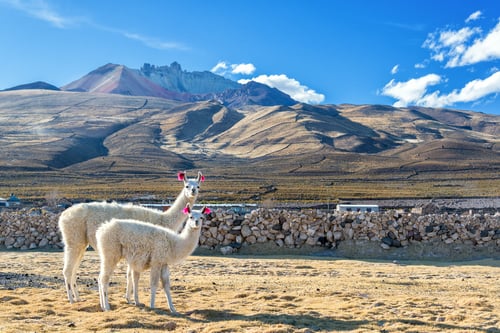
Our 4x4 expedition begins with a drive from San Pedro de Atacama, Chile, to the Bolivian border, crossing at Hito Cajones. After crossing, we'll catch a glimpse of Licancabur Volcano and the Green Lagoon, a jewel of the Eduardo Avaroa National Reserve.
Continuing, we'll enter the Valley of the Desert Ladies and head to the Polque Hot Springs for a relaxing bath before visiting the Sol de Mañana Geysers. Next, we arrive at the Red Lagoon, famous for its flamingos and vibrant colors. As we drive through the colorful desert, we'll spot wild vicuñas and other wildlife, ending our day at Ojo de Perdiz in the Siloli Desert.
Overnight at Tayka Desert Hotel, Siloli Desert, Bolivia.
Meals: lunch and dinner

In the morning, we'll drive to a chain of lagoons: Ramadita, Honda, Chiarkota, Hedionda, and Cañapa. These lagoons are home to large numbers of Andean, James, and Chilean flamingos, as well as other birds like Andean seagulls and wild ducks. The lagoons are surrounded by impressive sand and rock formations shaped by ancient winds, borax, and sulfur minerals. We'll then head to the Mirador de Ollague for an outdoor lunch before continuing to Pueblo Refugio, known for hosting refugees from Pueblo Quemado after a devastating fire. We will spend the night at the Tayka Stone Hotel, built from stone and volcanic sand.
Overnight at Tayka Stone Hotel, Uyuni Salt Flats, Bolivia.
Meals: Breakfast, lunch and dinner.

After breakfast, we'll explore the hotel grounds and Pueblo Quemado, a town burned down during Bolivia's war with Chile in 1879. We'll also join Doña Marta in herding llamas from her flock. Then, we'll board our 4x4 and drive an hour to the abandoned hamlet of Cuye, offering stunning views of the Salt Flat.
Next, we'll visit Incahuasi Island to admire volcanic rock and giant cacti as we hike to a viewpoint overlooking the vast white landscape. We'll have lunch here, with the option to hike to the panoramic viewpoint for a full 360º view of the incredible Salt Flats.
Overnight at Tayka Salt Hotel, Tahua, Bolivia.
Meals: Breakfast, lunch and dinner.

After breakfast, we'll drive past the 5,321 m (17,457 ft) Tunupa Volcano. We’ll continue to Salinas de Garci Mendoza at its base, where we'll visit the local village and colonial-style church. Next, we head to the Jayu Quta crater, a massive depression created by a meteorite millions of years ago, known as Maracaná for its size and symmetry, resembling the famous stadium in Rio de Janeiro. Our final lunch will be in Quillacas, offering memorable views of surrounding lakes and Salt Flats. We’ll then drive towards Oruro and cover the last 200 km through the Altiplano to La Paz, our final destination.
Meals: Breakfast and lunch.
.jpg?width=1920&height=1277&name=Explore%20for%20Huntington%20Uyuni%20(23%20de%201).jpg)
El Hotel del Desierto" (Spanish for Hotel of the Desert) is only 40 minutes away from the Red Lagoon (Laguna Colorada), amidst a beautiful scenery of high Andean desert landscapes. This site is accessible from Uyuni (220 km) and San Pedro de Atacama, Chile (200 km).
“El Hotel de Piedra” (Spanish for Hotel of the Rocks) is made of volcanic rock and is located on the Southern border of the Uyuni Salt Flat, only 170 km from the city of Calama, Chile. The design of the hotel is inspired by the picturesque environment on the side on which it has been built, an ancient Indian village dating back to pre-Columbian times.
As its name describes, our Hotel de Sal (Spanish for Salt Hotel) is almost entirely made of pure salt from the Uyuni Salt Flats and is located near the village of Tahua, on the foothills of Thunupa volcano, only 110 km away from the town of Uyuni. The hotel faces the Salt Flats and offers overwhelming views over the surrounding desert of 12,000 square Km.
Regular Departures are available every day from January to December.
The trip starts at your hotel in San Pedro de Atacama on the date requested and finishes on the 4th day at your hotel in La Paz, Bolivia.
This trip does not require physical activity other than walking normally over flat terrain. Nevertheless, as you will be touring in high altitudes so oxygen deprivation (altitude sickness) will affect everyone to some extent; the guide will have an oxygen tank every day at disposition if someone feels sick during the tours.
The vehicle will be a Toyota Land Cruiser 4x4 with a maximum of 6 people capacity.
The Atacama region's weather follows a typical desert pattern of hot days and cold nights. The Atacama Desert is considered to be the driest place on earth, and rain is rare most of the year. However, between December and March, Bolivia's wet winter weather can sometimes cause unexpected rainfall in the Atacama.
**Important: We recommend that all our clients bring their vaccination certificate for yellow fever on their trip to Bolivia.
We recommend to take with you:
We reserve the right to change the order of the days in any itinerary at the sole discretion of the trip guide based on operational considerations. The trip guide can also modify, change, or eliminate part of the itinerary based on safety/weather considerations.
Searching Availability...




USA/Canada: 1-888-232-3813
UK: 0-800-051-7095
Germany: 0-800-182-6938
Brazil: 0-800-892-1291
France: 0-805-080-589

Updated October 4th, 2022
Dear Traveler,
We are very happy to announce that there are currently no travel restrictions in Chile.
Together with the above mentioned, it is mandatory to comply with the following requirements:
In case you have any questions, we will be happy to help you!
Best,
The Team at Cascada Expediciones & EcoCamp Patagonia